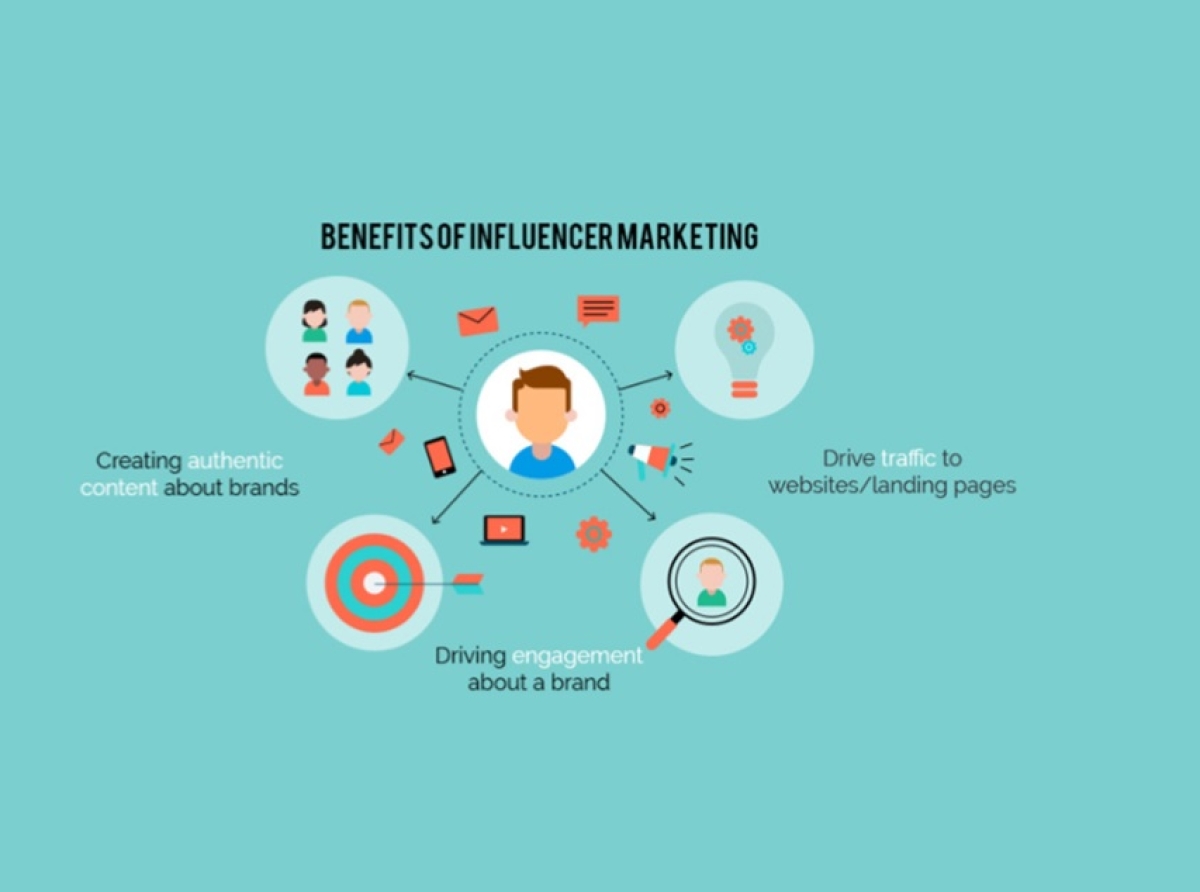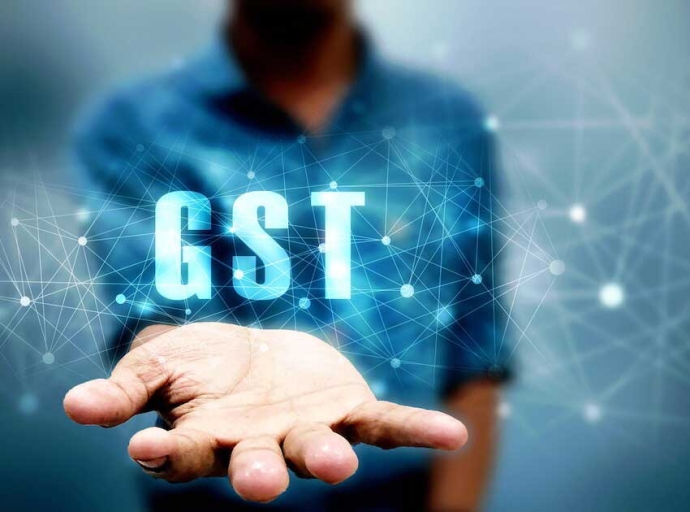Brands adopting various techniques to measure the impact of influencers and ROI

22 October 2024, Mumbai
Influencer marketing has exploded in India, transforming how brands connect with consumers. But beyond the likes and shares, a new focus is emerging: the science of measuring return on investment (ROI). No longer just a buzzword, influencer marketing is being dissected with data-driven precision to understand its true impact on brand building and sales.
Finding the right fit
While big names with millions of followers command attention, micro-influencers (with 10,000 to 100,000 followers) are proving their worth. Their niche audiences and high engagement rates offer a potent combination for targeted campaigns. This is particularly relevant in India, where diverse languages and cultural nuances require a localized approach.
Micro-influencers are individuals with highly engaged niche communities. Their recommendations carry significant weight, making them ideal for targeted campaigns and startups with budget constraints. Macro-influencers boasts of a wider reach, they are instrumental in increasing brand awareness and driving large-scale visibility. While their collaborations come with a higher price tag, the potential for significant impact justifies the investment.
The metrics that matter
While follower count provides a snapshot of an influencer's reach, savvy marketers look deeper, prioritizing metrics that reflect genuine influence. Most important is engagement rate. This is a crucial metric that measures the level of interaction an influencer's content receives (likes, comments, shares). High engagement rates indicate an active and responsive audience, suggesting a greater likelihood of influencing purchasing decisions. Content authenticity is another factor. Audiences value genuine recommendations. Influencers whose content align seamlessly with the brand's values and resonate with their followers are more likely to drive meaningful results.
Table: Inputs for ROI calculation
|
Input |
Description |
|
Total Campaign Cost |
Influencer fees, product giveaways, production costs |
|
Audience Reached |
Total number of people exposed to the influencer's content |
|
Engagement Rate |
Percentage of users who interacted with the content |
|
Conversion Rate |
Percentage of users who completed a desired action (e.g., purchase, sign-up) |
|
Average Order Value |
Average revenue generated per sale |
A RedSeer report, highlights the growing importance of data in influencer marketing. It indicates that brands are increasingly using sophisticated tools to track campaign performance and measure ROI. This includes analyzing website traffic, lead generation, and sales conversions attributed to specific influencer campaigns. The RedSeer report says, Indian influencer marketing industry is booming and is currently valued at Rs 900 crore and projected to reach Rs 2,200 crore by 2025. What’s boosting this trend is the growing use of smartphones, affordable data, and increasing popularity of social media platforms. Short video platforms like TikTok and Instagram reels are also gaining traction, particularly among younger demographics and in non-metros. Live commerce and shoppable posts are also transforming how brands leverage influencers to drive sales.
As the influencer marketing landscape in India continues to evolve, the science of measuring its impact will become increasingly sophisticated. By embracing data-driven strategies, brands can unlock the true potential of influencer marketing and build meaningful connections with their target audiences.
Latest Publications

































